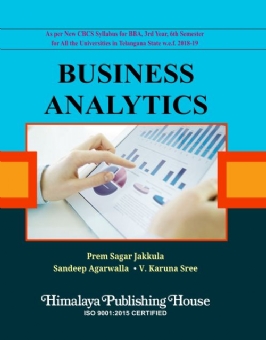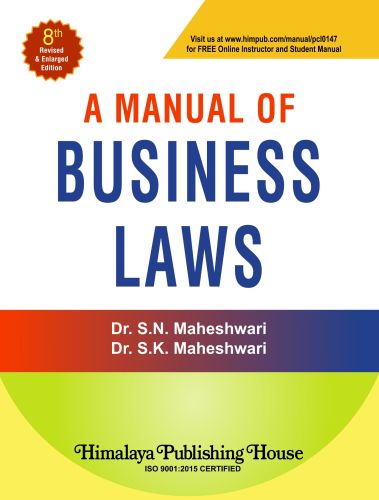The objective of this book is to provide an understanding of basic concepts of Business Analytics like Descriptive, Predictive and Prescriptive Analytics, Data Mining Techniques and an overview of Programming using R.
The related matter had been written in a simple and lucid style, easily understandable language even for the below-average students with sufficient support from real business information.
This book covers five units:
Unit-I: Business Analytics, Categories of Business Analytical Methods and Models, Business Analytics in Practice, Big Data – Overview of Using Data, Types of Data.
Unit-II: Description Statistics (Central Tendency, Variability), Data Visualization – Definition, Visualization Techniques – Tables, Cross Tabulations, Charts, Data Dashboards using MS-Excel or SPSS.
Unit-III: Trend Lines, Regression Analysis – Linear and Multiple, Forecasting Techniques, Data Mining – Definition, Approaches in Data Mining – Data Exploration and Reduction, Classification, Association, and Cause and Effect Modeling.
Unit-IV: Linear Optimization, Non-linear Programming, Integer Optimization, Cutting Plane Algorithm and Other Methods, Decision Analysis – Risk and Uncertainty Methods
Unit-V: Programming using R, R Environment, R Packages, Reading and Writing Data in R, R Functions, Control Statements, Frames and Subsets, Managing and Manipulating Data in R.
Also, we had given MCQs. We consider this book is useful for understanding purposes to students and professionals. This book lays down the framework defining Descriptive, Predictive and Prescriptive Analytics.
Contents –
1. Introduction to Business Analytics
2. Descriptive Analytics
3. Predictive Analytics
4. Prescriptive Analytics
5. Programming using R







